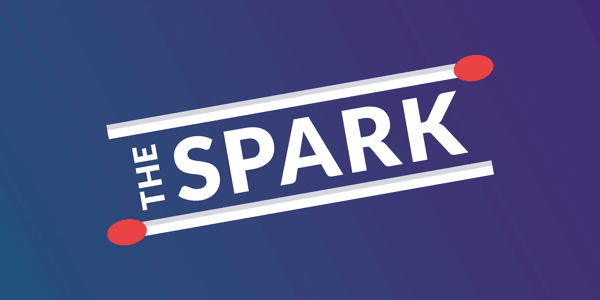We're on a Scroll
Who doesn’t love endless lists? With Google’s new update on mobile devices, search results are just that.
Google announced continuous scrolling for U.S. mobile searches, meaning that search results will automatically populate — no need to click over to page two. In combination with Google’s core algorithm update, these improvements will likely affect your business' SEO strategies.
This update is more than just an endless list for SEO purposes. Page two of Google search results never gets much attention, and a 2020 study revealed the click-through rate of second-page results is less than 1%. The continuous scrolling mobile update will drive more traffic to sites that may not have made the page-one cut — because everything is page one now!
Despite eliminating more pages of search results, people are still inclined to click on the first few links. With the core algorithm update, website owners have seen a drop in search result rankings, as sites are now ranked by relevance. Google’s John Mueller explains that content improvements are what will bring your website back to page one (or top of the scroll). Mueller explains that a website’s content directly affects its relevance, influencing its placement in search results.
It's the SEO circle of life. If you’re not ready for it, keep scrolling … and scrolling ...
TL;DR: Google released a mobile update that replaces results pages with continuous scrolling and automatic population of search results. Adjust your SEO strategies accordingly.
Insta Is So 2017Instagram might be losing its most elite audience — that’s right, 13- to 15-year-olds.
Though Instagram is the largest platform among its competitors, only 22% of teens say it’s their favorite app (third behind Snapchat at 35% and TikTok at 30%). Internal Instagram documents revealed that its loose grasp on the teenage audience compelled IG to focus the majority of its global marketing efforts toward teens. Fellow marketers can agree — that’s a lot of money and effort put into such a narrow age group. But when that age group is responsible for setting almost every social trend, it might deserve a closer look (and a chunk of the budget).
Why are other apps retaining teens’ attention? TikTok and Snapchat are communication and entertainment platforms, whereas Instagram is more of a social network. Instagram’s decrease in popularity among teenagers also may have something to do with the recently-discovered mental health effects the app has on teenage girls. With media platforms refocusing efforts toward entertainment and virtual experiences and away from social networking, it’s no wonder that IG parent company Facebook announced a new metaverse focus and rebrand.
Simply put, this is a lesson in knowing your audience. Unless Instagram is able to catch up to its competitors with borrowed approaches like short-form videos from TikTok and others, you can reach young teenagers on TikTok, YouTube, or Snapchat more effectively than on Instagram.
TL;DR: Instagram is no longer young teens’ app of choice, according to internal documents. Marketers should be aware of teen preferences toward TikTok and Snapchat over Instagram.
What Lit Us UpTwitter Takeaways: Red Flag Edition 🚩If you’ve opened Twitter in the last week or so, odds are you were seeing red within seconds — red flags, that is.
Though the trend started with Twitter members sharing relationship red flags (followed by a minimum of 5 red flag emojis 🚩 ), the internet quickly adopted the movement for, well, anything at all. And what’s a social media trend without brands joining the conversation?
The movement attracted names from all industries, from Crocs and Dreamworks Animation to 1-800 Contacts. The Twitter takeover was short-lived, however, with criticism about how quickly trends become overused. Some brands’ participation in the red flags movement even backfired, like MTV’s tweet about “not keeping up with pop music,” which inspired more than a few snarky responses from fans bemoaning the network’s lack of music programming. Regardless, brands hopped on this trend almost immediately. Content writing never came so easily!
Don’t get us wrong — we love a funny and engaging trend. Still, brands and businesses should consider if the trend fits cohesively into their marketing strategy and social media voice. For brands like Crocs, there’s relatively low risk in adding a silly Tweet criticizing “not being a Crocs person.” (we mean, come on, Crocs has already changed its account name to It’s Croctober!) But for other businesses and organizations, hopping on social trends requires more caution. Consider the audience, social platform, and overall voice when drafting social posts. If tweeting a bunch of emojis will get you closer to your followers or drive some desired outcome, by all means, go for it. But in a world full of MTV’s, make sure you’re the Crocs. (Was this email forwarded to you? Sign up here.)
|
-1.png?upscale=true&width=346&upscale=true&name=Tier%20One%20logo_color%20(1)-1.png)


